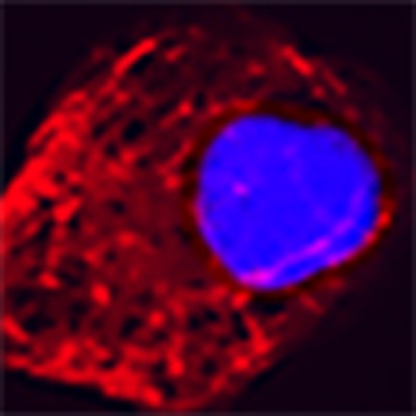- Record: found
- Abstract: found
- Article: found
Coordinated regulation of photosynthesis in rice increases yield and tolerance to environmental stress

Read this article at
Abstract
Plants capture solar energy and atmospheric carbon dioxide (CO 2) through photosynthesis, which is the primary component of crop yield, and needs to be increased considerably to meet the growing global demand for food. Environmental stresses, which are increasing with climate change, adversely affect photosynthetic carbon metabolism (PCM) and limit yield of cereals such as rice ( Oryza sativa) that feeds half the world. To study the regulation of photosynthesis, we developed a rice gene regulatory network and identified a transcription factor HYR (HIGHER YIELD RICE) associated with PCM, which on expression in rice enhances photosynthesis under multiple environmental conditions, determining a morpho-physiological programme leading to higher grain yield under normal, drought and high-temperature stress conditions. We show HYR is a master regulator, directly activating photosynthesis genes, cascades of transcription factors and other downstream genes involved in PCM and yield stability under drought and high-temperature environmental stress conditions.
Abstract
 Improving photosynthetic efficiency to increase crop yield is an important goal of
plant breeders. Here, Ambavaram
et al. identify a transcription factor that is a key regulator of photosynthetic carbon
metabolism in rice and show that its overexpression enhances grain yield.
Improving photosynthetic efficiency to increase crop yield is an important goal of
plant breeders. Here, Ambavaram
et al. identify a transcription factor that is a key regulator of photosynthetic carbon
metabolism in rice and show that its overexpression enhances grain yield.
Related collections
Most cited references42
- Record: found
- Abstract: found
- Article: not found
Gene Ontology: tool for the unification of biology
- Record: found
- Abstract: not found
- Article: not found
COPPER ENZYMES IN ISOLATED CHLOROPLASTS. POLYPHENOLOXIDASE IN BETA VULGARIS.
- Record: found
- Abstract: found
- Article: not found